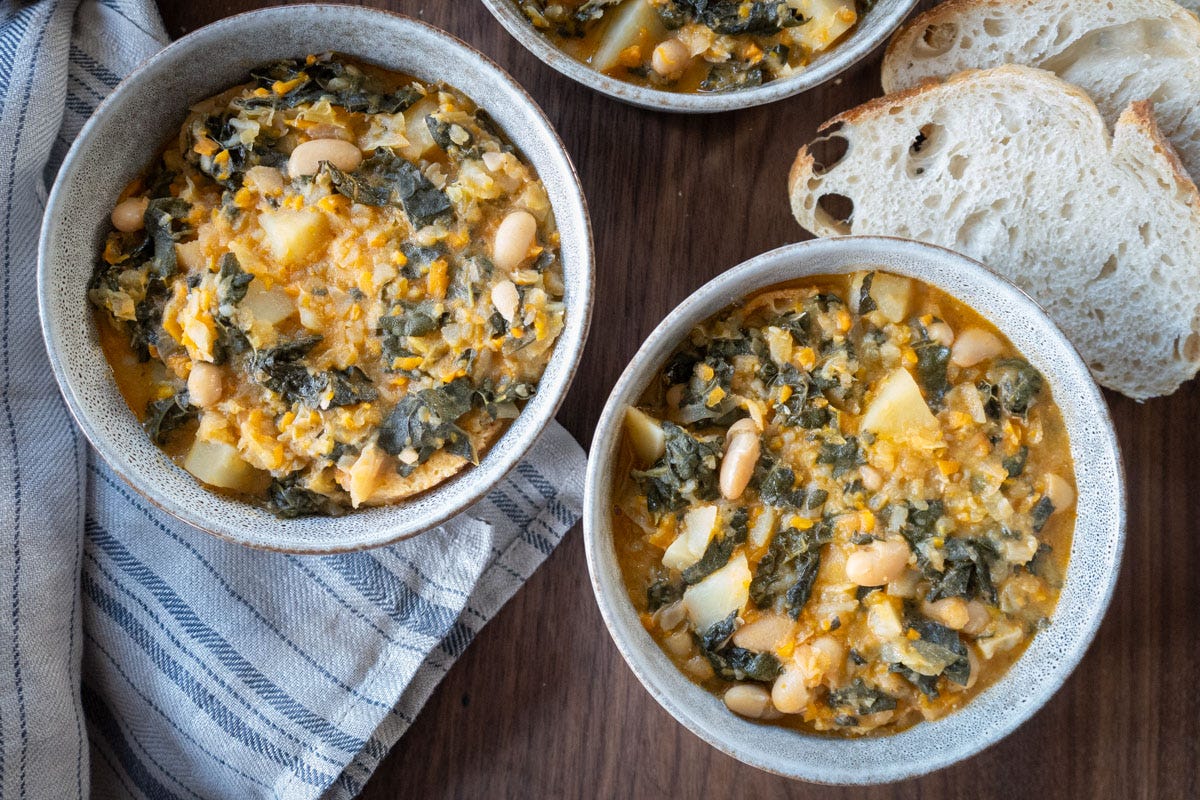“Da domani, a dieta!” Stefano proclaimed as we walked toward our gate at Rome’s Fiumicino airport, preparing to board our flight back to the US.
Starting tomorrow, we’re on a diet.
During our three-week stay in Rome and Montalcino, we made it our mission to eat all of the food that we cannot find back in Minneapolis:
Porcini mushrooms and white truffles, each making their seasonal appearance while we were there;
Wild boar and Cinta Senese, the black hog with a white stripe around its middle native to the province of Siena;
Local salumi e formaggi - charcuterie and cheeses served alongside a glass of wine as part of the quintessential Italian aperitivo;
Roman-style and Florentine-style tripe, comparing which version we like better;
…and so much more.
We waste no time re-uniting with our favorite foods when we return to Italy. Stefano has been known to stop at the Garofalo shop inside the airport right after we land and buy a mozzarella di bufala. I try to tell him that it can wait until we’ve arrived and settled in. After all, we can find mozzarella di bufala at any supermarket or food shop. But my words fall on deaf ears, and Stefano carefully carries the plastic bag filled with water and the round, pregnant ball of mozzarella out of the airport and holds it in his lap as we taxi into Rome.
It is as if we suffer from an immigrant’s version of food scarcity syndrome. This might have made sense in the past when our boys were young, and we only made it back to Italy every 1-2 years. But now, we make a quick trip home every couple of months. Mozzarella di bufala and all the other food we love and miss will still be there when we return. We don’t need to sample everything in one three-week stay, but we do.
So, back in Minneapolis, where the weather is turning cold and the fall-colored leaves have mostly fallen from the trees, a ribollita Toscana was in order.
Made with kale, cabbage, and cannellini beans and traditionally served over day-old bread, ribollita is a hearty Tuscan soup. Its name means “reboiled,” and in the cucina povera tradition, the next day, leftover soup is spread into a baking pan or a cast-iron skillet and re-heated until a crisp crust formed on the bottom and the soup is thick enough to eat with a fork.







